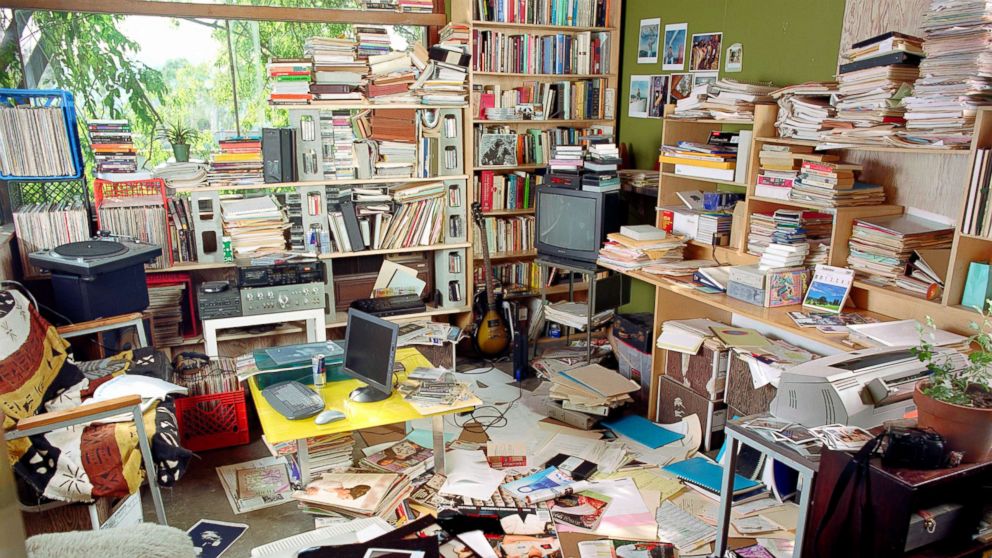George Bernard Shaw famously remarked that youth is wasted on the young. He expounded that, “They're brainless, and don't know what they have; they squander every opportunity of being young, on being young…”
As insulting as that may seem to a young person, as you grow older, you begin to realize that the quote that has become cliche has a lot of truth to it, and as you grow older as a producer, with more trained ears and maturing mixing techniques, your music tends to get better as you yourself become less commercially viable.
You may be wondering where I’m going with this, and no, I’m not going to suggest you create an attractive young AI to present your music through, which now that I’ve typed that, I’m definitely going to do. What I speak of is the reason I do a cost benefit analysis before having a glass of wine, and it’s not inebriation or a hangover I’m concerned with, it’s that it seems to inflame my tinnitus.
Like many young people, I abused my ears. I had a sweet Honda Prelude in college with a couple of 12” Kicker subs in the trunk. I attended festivals and raves regularly growing up in Seattle. I would routinely stand in front of the subs (and no, it wasn’t because I was on drugs). I specifically remember the first time I experienced a good club system at the LA club called The Palace (now Avalon) in the late 90's, where on Friday nights they played industrial and rock, and the feeling of the Prodigy’s song about female dogs causing my kidneys to vibrate.
I loved all of that, and it inspired me to go home and produce music at ear splitting levels, scoffing at the idea of an equal loudness curve, and not understanding why my mixes sounded like crap everywhere else. By the time I realized I needed to protect my hearing, it was probably too late, but fortunately before my hearing was completely shot.
I recently had a hearing test, and was actually kind of surprised at how good my hearing still is, but also found out I have a 1kHz dip in my left ear, which I now take into account when mixing. I often wish I had a time machine to go back in time and tell myself what I’m about to tell you–investing in good earplugs is as least as important as your investment in studio monitors, and here’s a brief primer on how we lose our hearing, and a roundup of good earplugs.
While brief very loud sounds can damage our hearing--we all kind of intrinsically know that standing next to a gun going off is going to screw up our hearing--but sustained exposures to lower levels are where most of us take the hit. It’s cumulative. Our hearing exposure limit is kind of like an empty glass, and sound the water from a faucet. The higher the flow of water (think louder), the quicker the cup is full, or in this illustration, our hearing starts being damaged.
The maximum recommended limit for human exposure is 85 decibels over a period of 8 hours or 70 decibels over a period of 24 hours. Sounds exceeding these time-weighted averages (TWA) are considered harmful to human hearing and have the potential of causing hearing damage or hearing loss. (reference)
According to the National Institute for Occupational Safety & Health (NOISH), listening to a sound that registers 100 decibels (which can be reached by a flute, for instance) only takes 15 minutes before reaching the maximum daily exposure limit.

When this limit is exceeded, there can be immediate indications of damage, like ringing in the ears (tinnitus) or the world sounding like you’re underwater (temporary auditory shift). These symptoms are usually temporary and go away on their own, but sometimes they become permanent, and as we age, kind of naturally creep in. Long-term effects of hearing loss and tinnitus have been linked to Alzheimer’s, dementia, and depression. This is serious stuff.
The solution is obvious, ear plugs, but a lot of us are resistant, because we equate earplugs with the expandable foam that makes everything sound dull. Fortunately, there are options that attenuate sound without ruining it.
I personally have a pair of custom molded Sensaphonic earplugs with a -15dB filter. I’ve found these to be perfect for most events. The only time they were inadequate was when I saw Faith No More at the Orpheum in Boston, my ears were still ringing after that, I’m not sure how people without plugs walked out still hearing (GREAT show though!). If you don’t have $200 to spend on custom plugs (mind you, I’ve had mine for over a decade now, so the investment has been worth it), they have cheaper universal plugs that are way better than foam.
I have friends who have Earasers, and speak highly of them. I personally have used their musician oriented plugs, and while they weren’t as flat as my Sensaphonics, were very good, especially considering the price.
I’ve also used the Sennheiser Soundprotex, and would recommend them as well.
Beyond that, music retailers like Sweetwater carry an array of reviewed ear plugs that you probably can’t go wrong with, but if you’re serious about protecting your health and not compromising your listening, I’d recommend spending the money for custom plugs.
Don’t be like me, drink wine and only worry about the hangover, don’t worry about the ringing.



